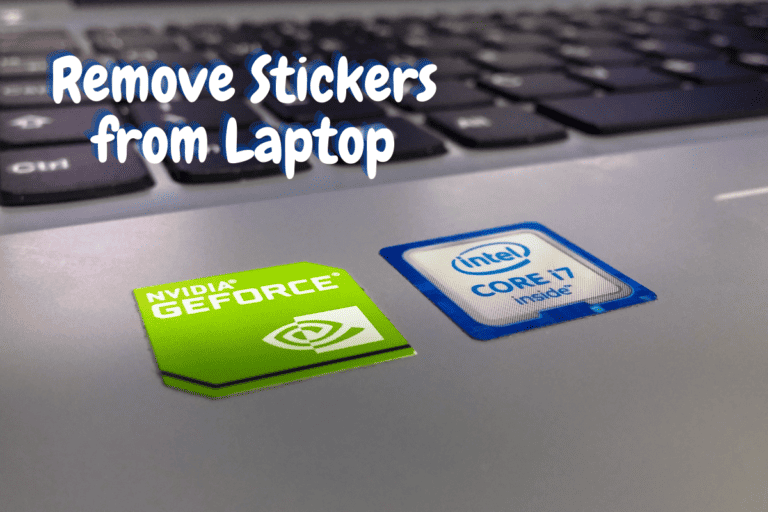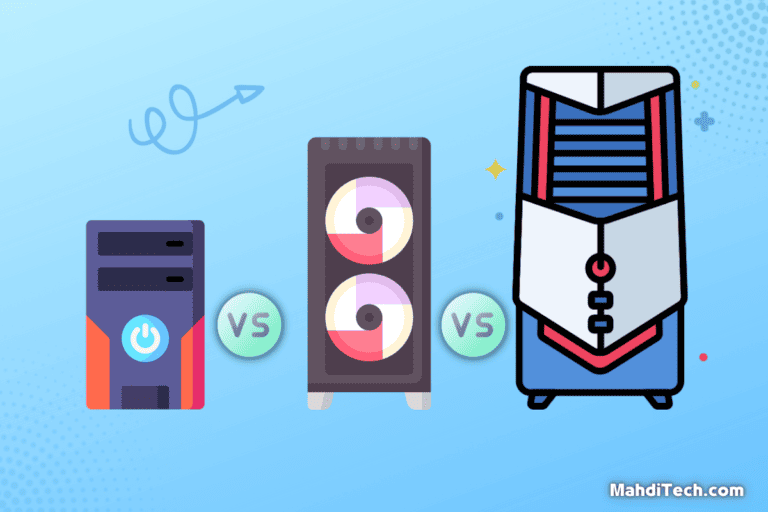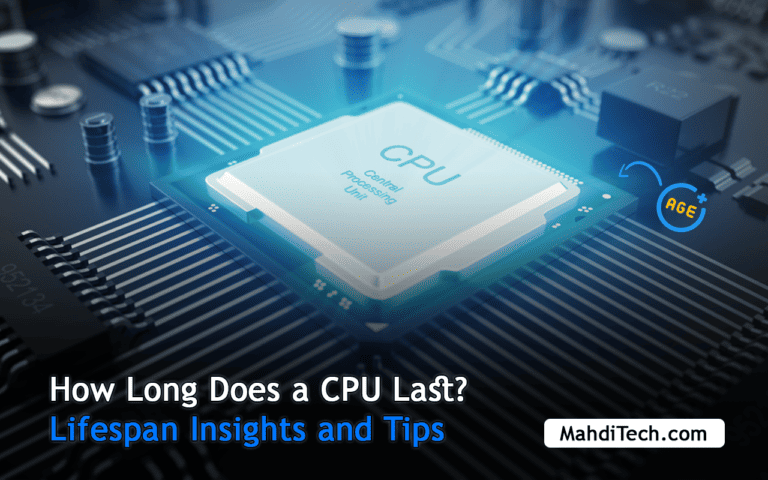
Knowing your PC or laptop’s worth isn’t just about money—it’s also about understanding the actual value of your tech investment.
This piece aims to guide you through the essential elements determining the value, helping you calculate your device’s worth.
In recognizing the significance of your PC’s worth, you’ll become a more informed user, able to make strategic decisions about upgrades, sales, or potential replacements.
So let’s unlock the mystery of your machine’s market value and equip you with the knowledge you need to assess your digital companion’s worth accurately.
And let’s Dive to know the answer to the question How Much is My PC Worth?
Understanding the Value of Your PC
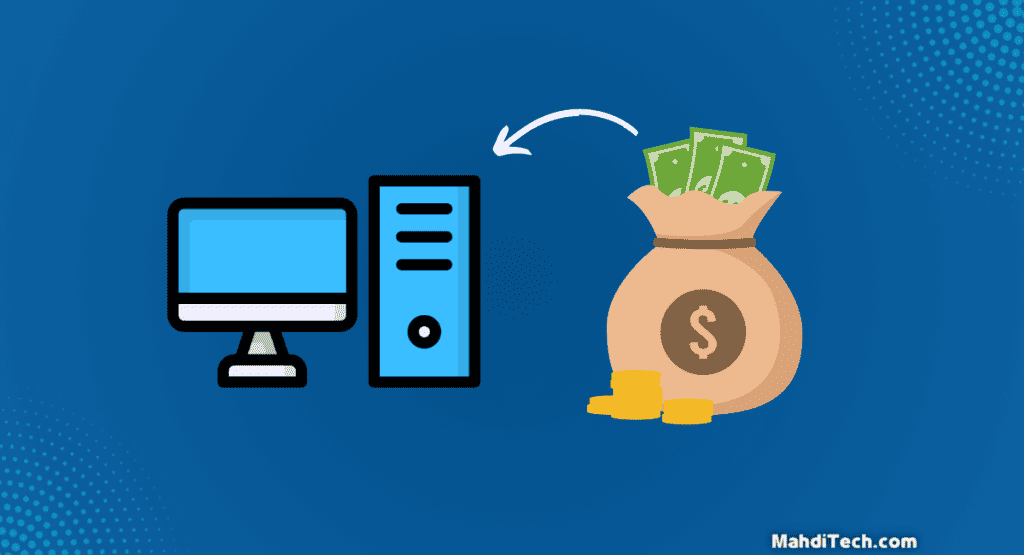
To accurately evaluate your computer’s worth, it’s essential to consider various factors.
In the following points, we’ll cover everything you need to comprehend your machine’s value, from hardware specifications to market demand.
The Role of Specifications
Specifications are the heart of a computer, shaping its overall performance and, thus, the PC’s worth.
Components like the CPU, RAM, and graphics card (GPU) are integral to a machine’s value.
The CPU, or central processing unit, is your computer’s brain.
A more powerful CPU indicates a more capable device.
RAM, or random-access memory, determines your PC’s multitasking ability, while the graphics card significantly impacts its capacity to handle demanding visual tasks.
However, remember to consider the PC as a whole.
Superior individual components can boost a PC’s worth, but an optimal balance of all specifications ensures maximum value.
Other Influencing Factors
Beyond specifications, several other elements can influence the worth of your PC.
If you have a gaming machine with high-end components, it may fetch a higher price. If you want to sell, consider aspects like the physical condition, the brand, and the market demand for such models.
The software can also play a role; for instance, a PC pre-loaded with expensive licensed software might attract a higher value. Recognizing these factors helps attain a holistic understanding of your PC’s worth.
The Valuating Techniques: How to Assess Your PC Parts’ Worth
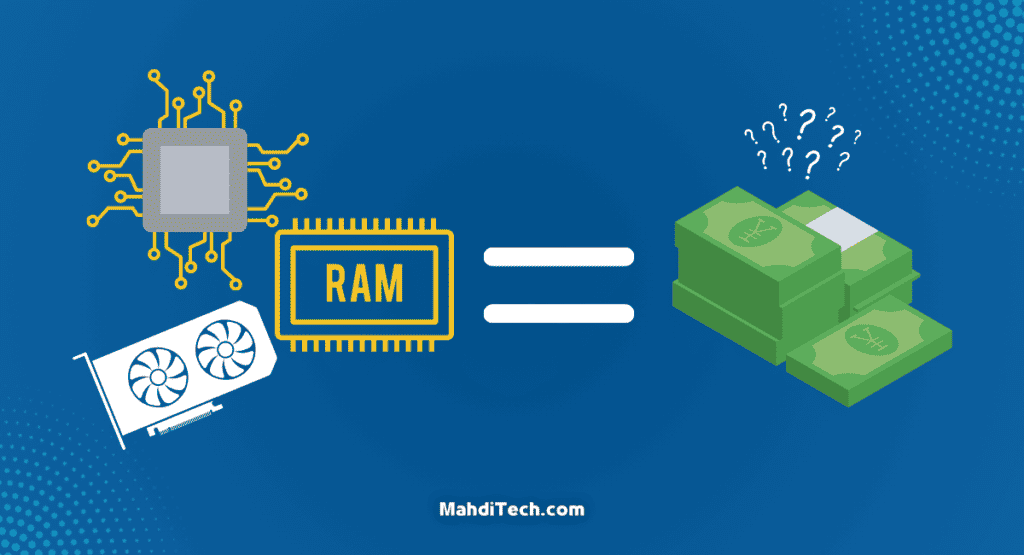
Assessing your PC parts’ worth is a strategic process, made easier with three essential methods: Online Price Comparisons, Professional Appraisal, and Checking Auction Sites.
These techniques, explained further, will provide a comprehensive approach to understanding your PC’s actual value.
Let’s explore.
Method 1: Online Price Comparisons.
The internet is your friend. This technique involves comparing the current retail price of your PC components with similar items online.
You can visit various tech websites and retail platforms selling computer parts to get an estimate of what your PC is worth. This method is highly accessible and allows you to make a quick comparison at any time.
NOTE: You can input your device’s specifications into PCPartPicker to obtain a cost estimate, but remember that these figures are for new components and may not reflect real-time pricing fluctuations.
Method 2: Professional Appraisal.
Seeking advice from industry experts can provide a precise value for your PC.
Professionals in this field are experienced in valuing computer equipment and can provide a comprehensive understanding of how much your PC is worth.
While this method might cost a small fee, it ensures you receive an accurate valuation of your machine, considering all technical and market variables.
Method 3: Checking Auction Sites and Second-Hand Markets.
Checking Auction Sites and Second-Hand Markets is a practical approach to see what people are willing to pay for a PC like yours.
Websites like eBay or platforms like Facebook Marketplace can provide real-world examples of how many potential buyers are looking to buy similar PCs.
It’s always insightful to examine the prices of successfully sold listings as these reflect the real-world market value. By exploring these methods, you will be better equipped to determine your PC’s true worth.
Selling Your PC: Steps to Follow
After assessing your computer’s worth, it’s time to make a sale.
This section guides you through the steps to secure a fair price, ensuring you and the buyer are satisfied with the transaction.
Let’s dive into the details.
Finding the Right Platform to Sell
Finding the right platform to sell your used computer is crucial in ensuring you get the best possible return on your investment.
NOTE: You could sell your computer as a whole or its components separately. Each option might bring different advantages depending on your situation.
Online platforms like eBay, Craigslist, and Facebook Marketplace can be ideal selling spots, especially if you’re targeting local buyers. These platforms have a broad user base, which means a wider pool of potential buyers. Also, they allow you to set your sale price, helping you get your PC’s worth.
On the other hand, specialized online stores like SellGPU and UsedPrice, focus on buying and selling used tech. They offer a classified ad format where you can list your items and reach consumers specifically looking for used tech products.
Choosing the right platform can significantly affect how quickly you sell your item and the price you ultimately receive.
When is it Time to Sell Your PC?
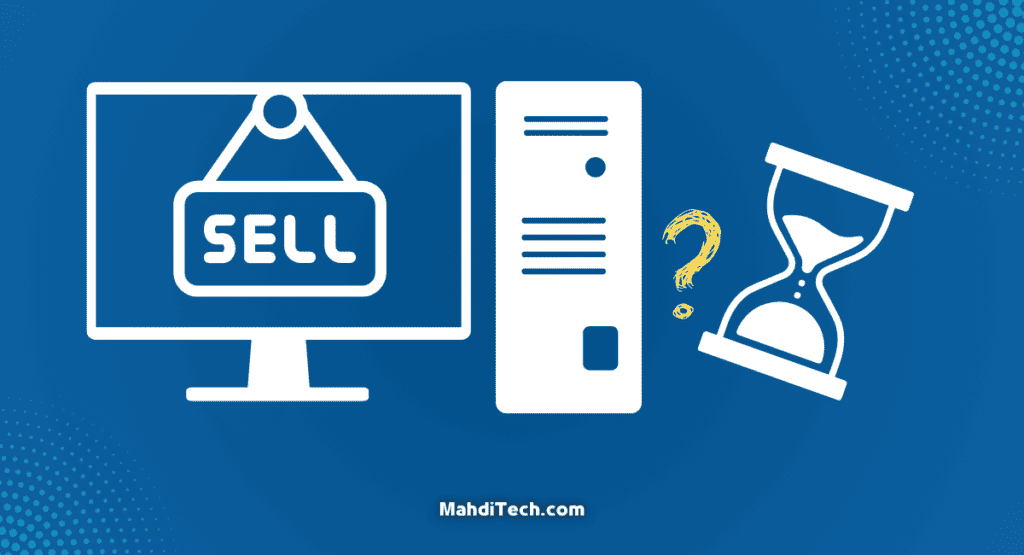
Recognizing the right time to sell your PC can multiply its final worth significantly.
Timing can be as crucial as the machine’s condition and specifications if you want to sell. In the following sections, we’ll delve into essential indicators that it might be time to part ways with your current device.
We’ll consider factors such as tech advancements and your personal needs, offering you a comprehensive guide on when to make that decisive move.
Identifying the Signs
Identifying the right time to sell your PC involves recognizing specific signs:
- Performance Decline: If your machine is slowing down or struggling with tasks it used to handle easily, it might be time to consider selling.
- New Tech Advancements: If a new generation of hardware significantly outperforms your current setup, you could upgrade and sell your existing PC.
- Value Decline: The longer you hold onto your pre-built PC, the more it loses value. If a newer model is out, your computer’s worth may drop.
By being alert to these signs, you can optimize your selling strategy.
The Depreciation of PCs Over Time
Computers, like most tech devices, depreciate over time. As newer models hit the market, your PC worth can diminish.
Generally, a PC loses around 25% to 30% of its value in the first year of use. By the end of the second year, your PC may be worth only half its original value.
Recognizing this depreciation pattern can help you decide the best time to sell and maximize your return.
Conclusion
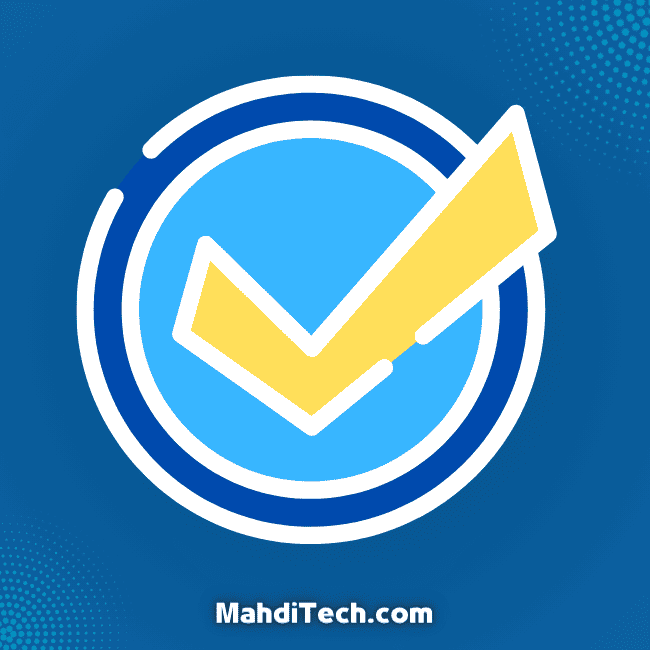
Recognizing your PC’s worth and successfully selling it relies on a deep understanding of various factors.
From the importance of specifications like CPU, Hard Drive, Motherboard, SSD, RAM, and graphics card, to the significance of external factors such as the brand, physical condition, and software, we’ve walked you through crucial elements shaping your device’s market value.
We’ve also unveiled essential valuation methods, platforms to sell your computer, and the importance of timing.
Remember, whether selling your PC as a whole or in parts, the value lies in the tech and your strategy.
This guide allows you to assess, maximize, and cash in on your PC’s worth.

